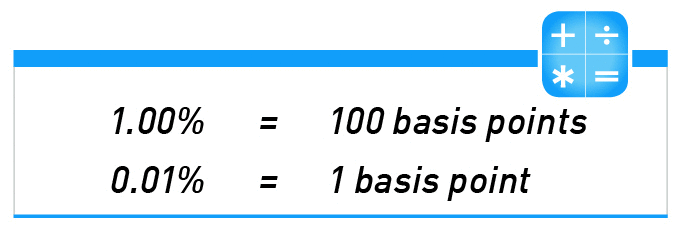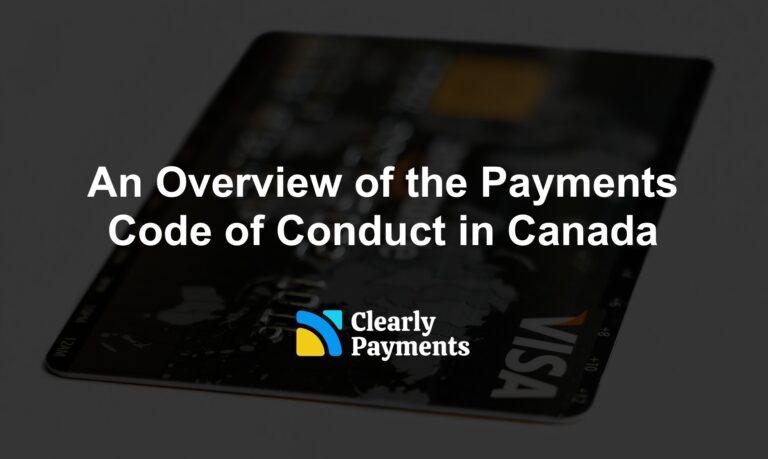

When you’re in payments, you’re in an industry with thousands of competitors in a complex value chain. In fact, most of the industry involves just a handful of very large banks. However, the industry is so big that very large companies can be built by just taking a sliver of the industry. That’s why basis points exist.
Basis points are a unit of measurement to describe a percentage, typically less than 1%. 100 basis points equals 1%. 50 basis points equals 0.5%.
1 basis point = 0.01% (1/100 of a percent) = 0.0001 in decimal form
Basis points, also referred to as bps or bips, are important because payment pricing is typically measured using fractions of a percent. That means basis points.



